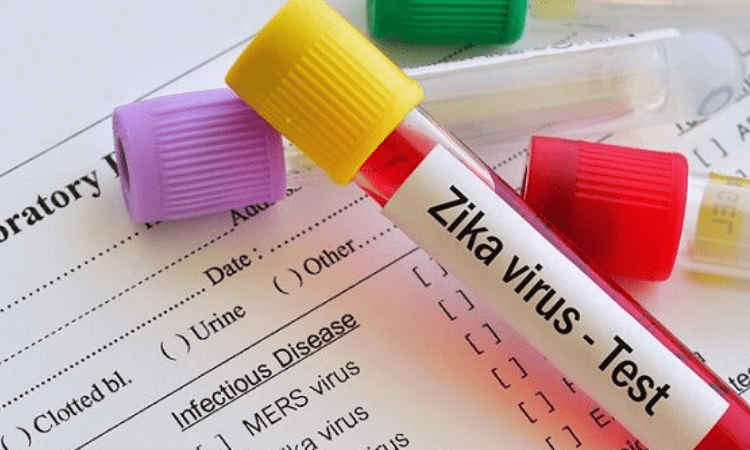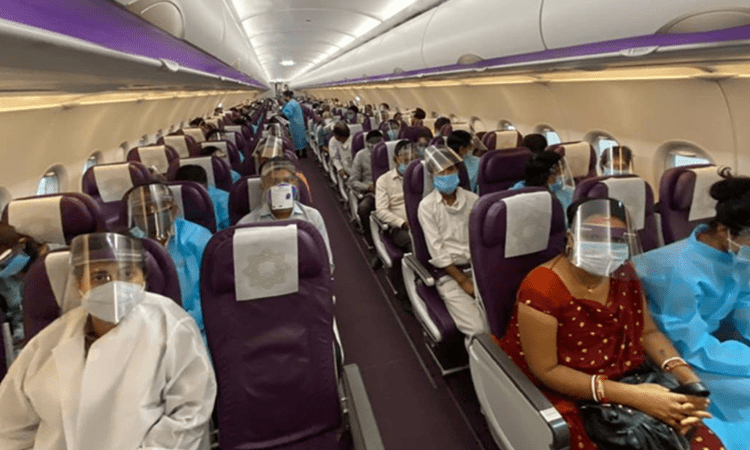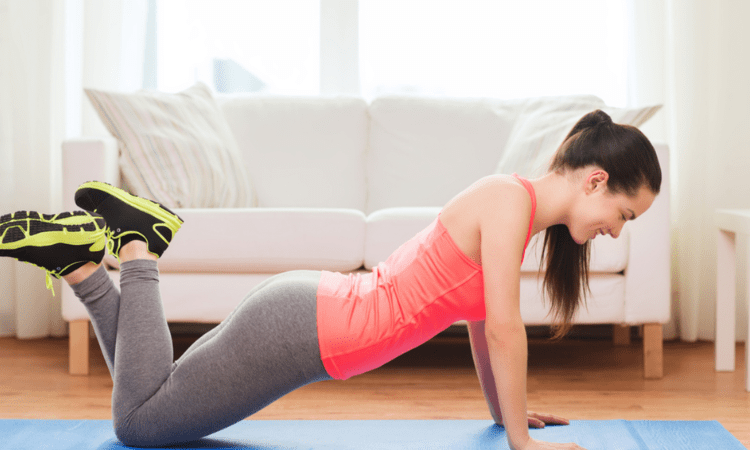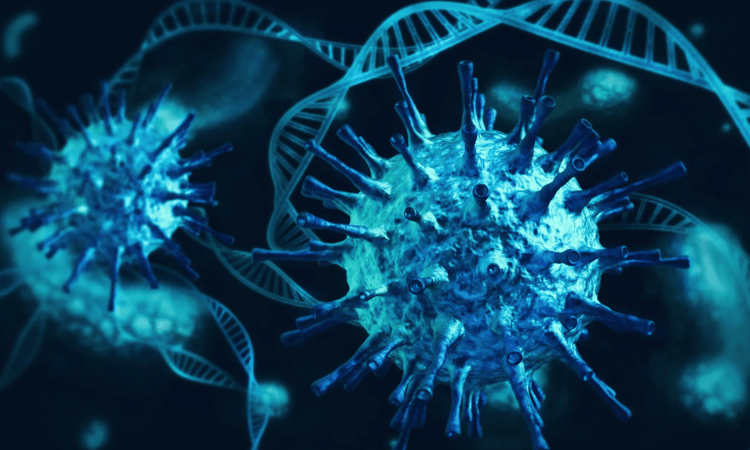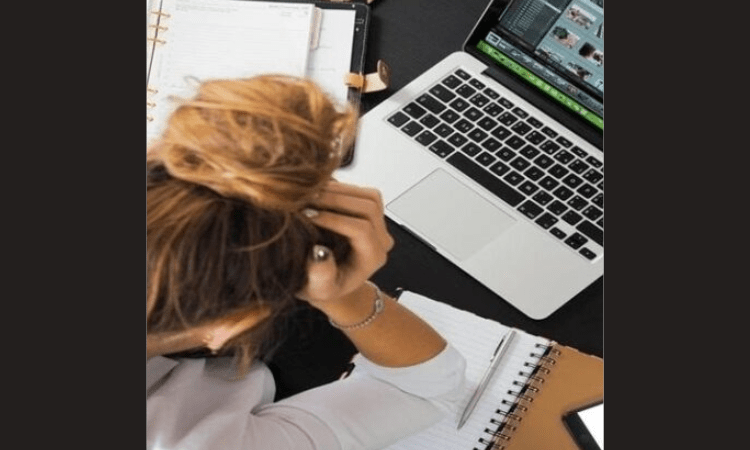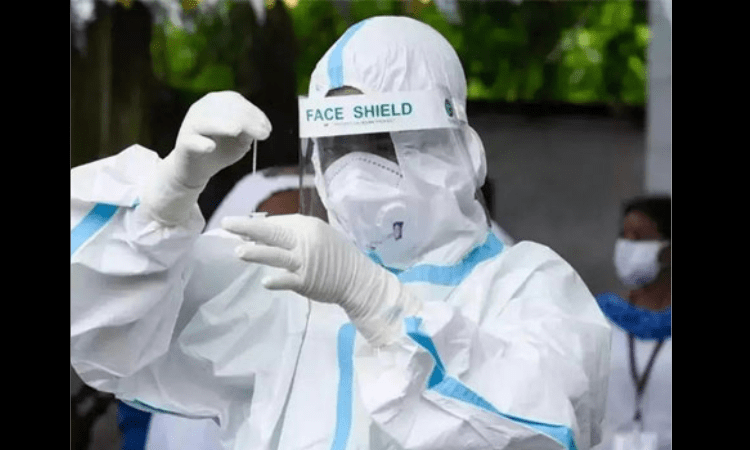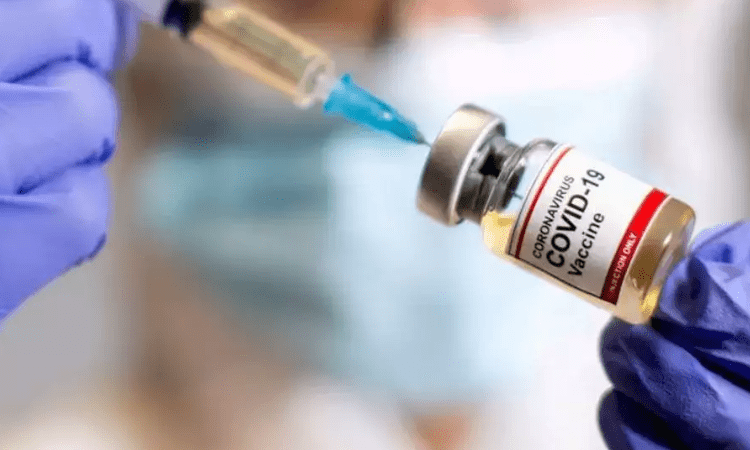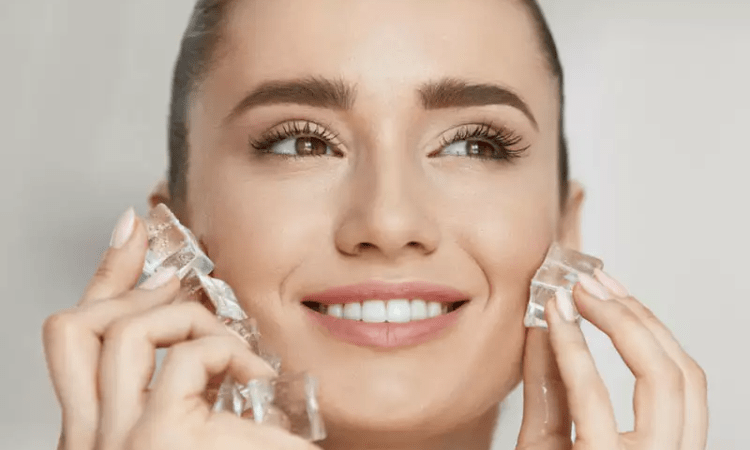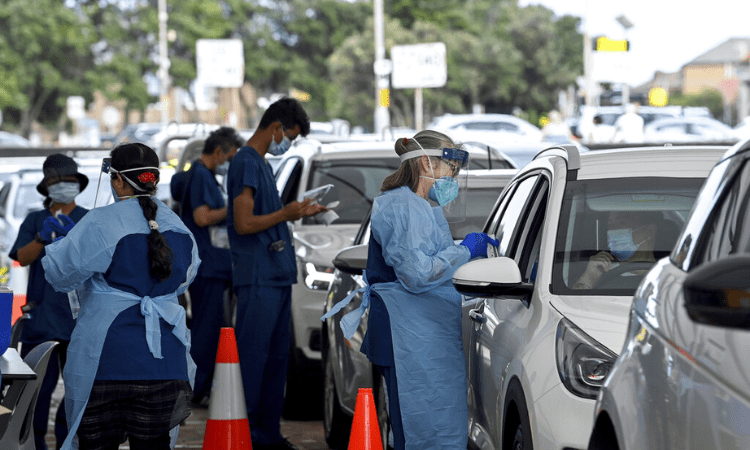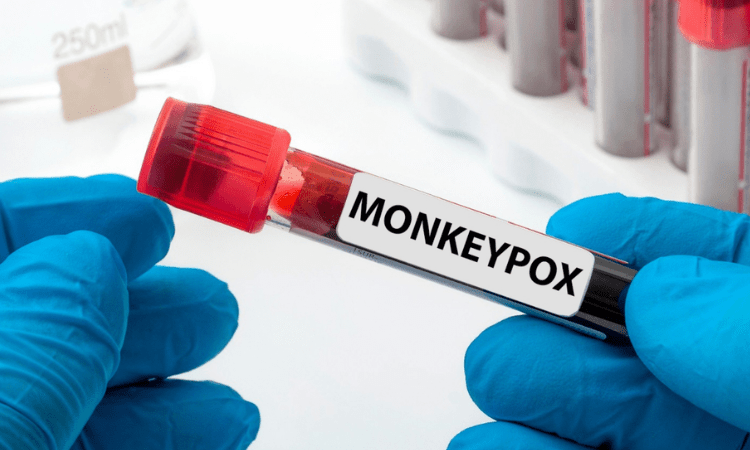As beauty aficionados, we frequently investigate alternative cosmetic procedures that we learn about from social media, newspaper columns, or celebrities we admire. As a result, the desire to improve our beauty regimen by using simple kitchen ingredients is as old as time. For example, one of the tried-and-true beauty fads that celebrities and make-up artists alike support is the ice cube on the face.
There are numerous advantages to gently massaging an ice cube around your face and neck once a day. This beauty craze is excellent for addressing skin problems such as dark circles, puffiness, and rashes. Ice cubes have numerous skin benefits, including boosting blood flow, reducing oiliness, healing sunburns, and acting as a moisturizing makeup base.
Aloe Vera & Basil Ice-cubes:
Aloe Vera and basil are two ingredients used in the kitchen that are excellent for the skin &the body. Aloe Vera reduces excess oil and cures acne, while basil is a potent antioxidant that soothes the skin. This cool and soothing concoction work wonders for curing sunburns.
Preparation:
Crush some basil leaves in a cup of water. Then add two teaspoons of organic Aloe Vera gel into it. Once the concoction is ready, pour it into an ice cube tray halfway and allow it to freeze. Using short, gentle strokes, rub the Ice-Cube over your face.
Rosewater Ice-cubes:
Rosewater is a soft beauty substance that removes your makeup and moisturizes your skin. After a long day at work, a simple massage with this cube will lighten your skin and lift your spirits. This will battle infections, diminish wrinkles, and offer your skin a fresh clean-up when frozen in Ice-Cubes.
Preparation:
Mix one cup of concentrated rose water with a cup of regular water. Pour it into an ice cube tray to chill. Use it daily for rejuvenation, as mentioned above.
Cucumber & Lemon Ice-cubes
A hydrated and vitamin C-rich diet is healthy for your gut health and also boosts the freshness of your skin. Cucumbers and lemons are great antioxidants that help cleanse and brighten your skin naturally. This beauty Ice-cube will boost blood circulation and keep pimples, acne, and redness at bay.
Preparation:
To prepare a puree, blend a cucumber. After that, squeeze a lemon and pour a few drops onto an ice cube tray. Freeze it for some hours and then apply cold for the best impact, for a few seconds at a time.
Saffron Ice-cubes
Saffron has several skin-friendly properties; using saffron ice cubes regularly will help fade tanning, brown spots, pimples, and pigmentation. Additionally, it improves skin tone and provides skin with a healthy glow.
Preparation:
Take a few saffron threads and allow them to bloom in the water. Add rose water to the saffron soaked in water and stir them well. Fill an ice tray with the mixture, and then freeze it. Use these ice cubes as a natural toner for your face.
Turmeric Ice-cubes
Turmeric’s antioxidant qualities aid in slowing down the aging process. Additionally, it shields the skin’s cells from damage, keeping the skin elastic and reducing the appearance of aging indications. Ice cubes made from turmeric can aid in lessening age-related symptoms like wrinkles, fine lines, dark under-eye circles, and pigmentation.
Preparation:
Add one spoonful of turmeric powder and one cup of rose water to a bowl. Well, combine the two components. Pour the mixture it the ice mold and let it to get freeze. You can now use your turmeric ice cubes.
Caution
It is suggested to always do a patch test on the back of your hand before applying an ice cube to the face. Massage it gently, and wait a few minutes for it to dry. This will enable you to determine whether the turmeric cube has an adverse effect on your skin.
After a long hectic day, rubbing an ice cube across your face can help relieve stress since it improves facial blood flow and makes the skin appear more radiant. Make this easy Ice-cube cures a part of your daily skincare routine for long-lasting glowing skin.


